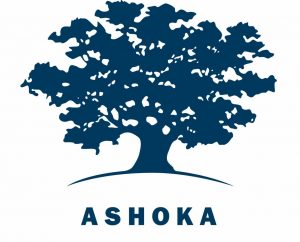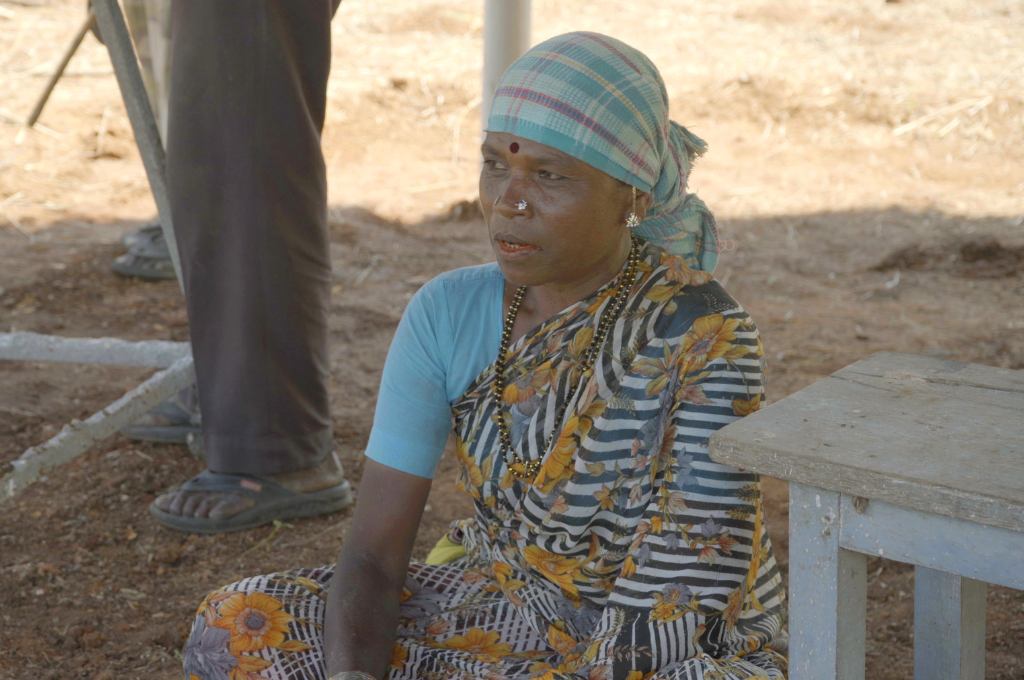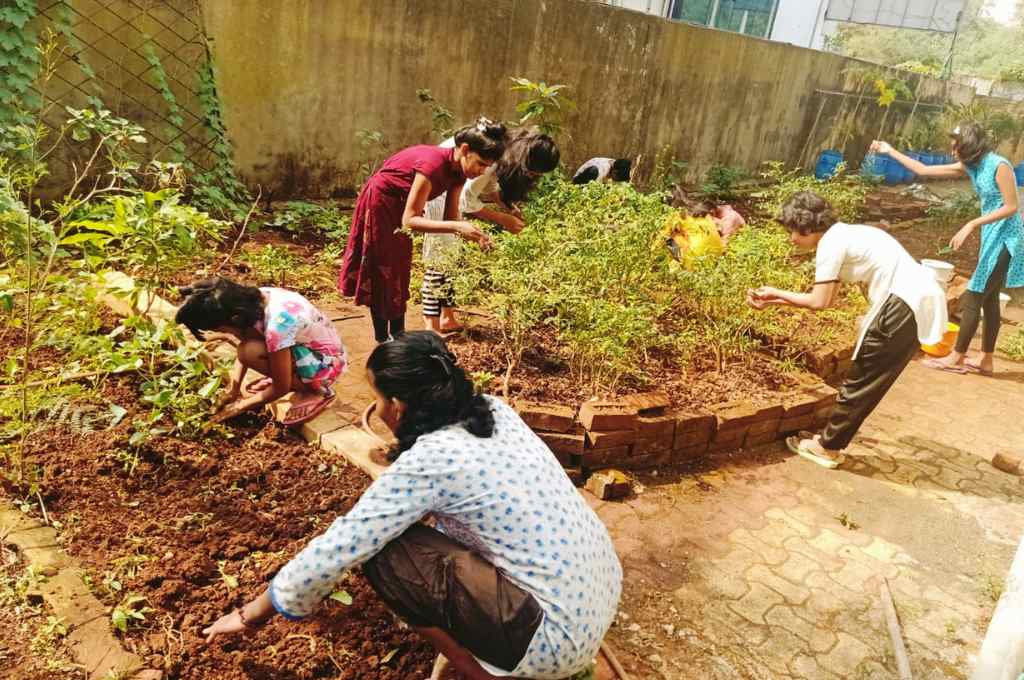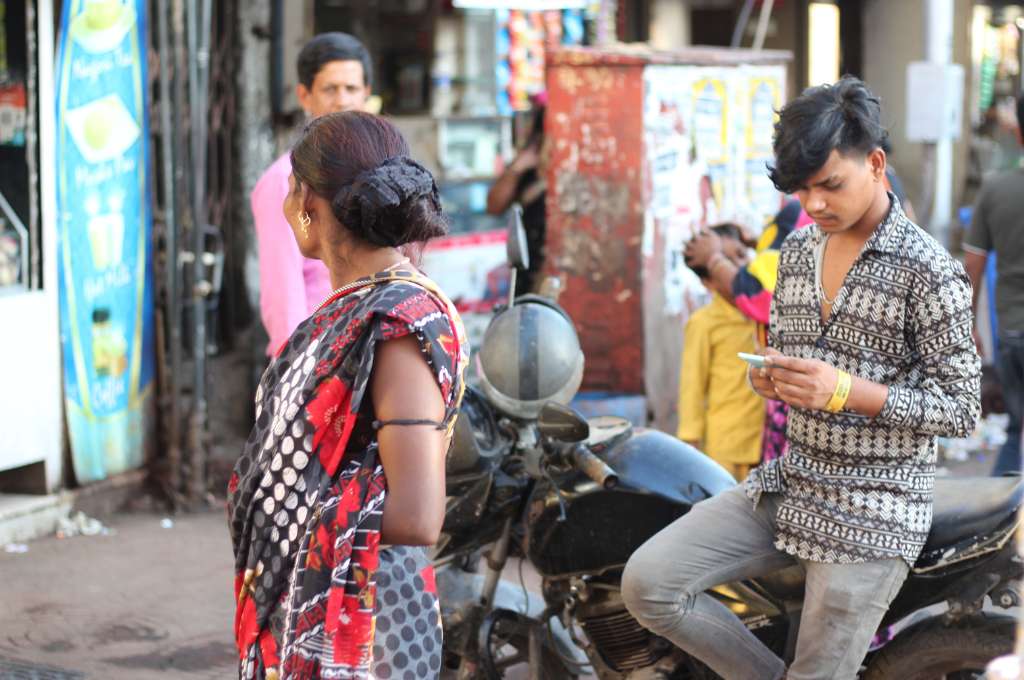The law and justice machinery exists for the protection of citizens’ rights. However, as a centralised and rather rigid structure, it has not played its part adequately when it comes to people’s rights and participation. As technological advancements, globalisation, and urbanisation usher in changes in how we function in our daily lives, they invariably also impact the law and justice machinery. Recent studies indicate that these advancements have also increased instances of inequities and injustices, especially when it comes to marginalised communities.
Many social innovators—established organisations, lawyers, social entrepreneurs, and young leaders—are building creative ways to address issues of law and justice, and technology is often a big part of their efforts. However, the system has not been that welcoming of these new approaches.
There are other issues as well. In India, the data and mechanisms underlying the state of law and justice are scattered, which makes it harder to take decisions and understand the challenges that need to be overcome. Not to mention, there is a limited understanding among citizens about the law, despite it governing most aspects of our daily lives. What we are left with is a system that most citizens understand only conceptually, one that is failing to perform its core function—inclusive development and protection of rights. And while there are players who are stepping up to fill these gaps, they find themselves in an environment that isn’t quite conducive to their success. In order to change the status quo, we need a deeper understanding of the law and justice landscape; we need evidence-based research, tools, and advocacy and legal frameworks that ensure inclusion and equity.
Ashoka Innovators for the Public believes that everyone is capable of transforming their communities, and that these leaders mark an important shift from ‘justice seeking’ to ‘justice making’. And so, at Ashoka’s Law for All Initiative, we carried out two surveys in 2021: one to capture trends and learnings from organisations moving the needle towards equitable access to justice, and second to understand the ways young changemakers are making positive transformative changes in the justice space. We reached out to 100 organisations and 100 young changemakers, receiving responses from 32 organisations across 11 Indian states and around 60 young changemakers. Our hope is that this study will help build a shared narrative of the work being done by these leaders towards equitable access to justice as well as a stronger, sustainable, and more far-reaching movement.

Here is what we learned
More than 90 percent of organisations and 63 percent of young leaders surveyed indicated changemaking as their core driver. Eighty-seven percent of the organisations indicated influencing laws and policies, and 88 percent indicated that their initiatives are geared towards mindset shifts in society. In the youth survey, we observed that while 37 percent of young leaders already identify themselves as changemakers, 59 percent are trying to be changemakers.
We also supplemented these surveys with in-depth interviews with leading practitioners, noting a few themes.
1. ‘Changemaking’ in law is largely about legal literacy and legal empowerment
We went into the study asking ourselves: Does everybody want to be a changemaker? Does everyone have the same definition of changemaking in their respective line of work?
What we learned is that for most of our interviewees, changemaking in law is legal literacy. It is making the legal language accessible, which in turn paves the way for legal empowerment. For some, changemaking in law also meant incremental change, and keeping communities at the centre. Bihar Youth for Child Rights (BYCR), founded by Priyaswara Bharti, is one example of this. BYCR raises awareness on child rights, translating child protection laws into easier, accessible formats. It also focuses on women and youth empowerment, participatory governance, and sexual and reproductive health rights. Priyaswara founded the organisation as a 13-year-old, when she realised the importance of children’s rights, and of self-awareness of those rights. Growing up in rural Bihar, and seeing how commonplace child marriage and child labour were, Priyaswara never thought to question those norms. None of the children did. It was only later, when her family moved to Patna, that she realised that children too had rights, and what were ‘norms’ back home were in fact violations of those rights. “Agar kisi ko pata hoga ki baal mazduri galat hai, tabhi toh woh baal mazduri chhodkar padhega (Only when the unaware youth is made aware of the fact that child labour is wrong will they leave practices of child labour to focus on education),” she told us in her interview. It was this realisation that led her to set up BYCR, because she wanted to change how young girls in Bihar understood their rights, so they could stand up for themselves.
For Paramita Banerjee—who founded DIKSHA, a nonprofit organisation that has been empowering children and adolescents in Kolkata’s red-light districts since 2002—changemaking meant making legal language accessible too, and understanding the nuances of implementing laws around children’s rights. Maja Daruwala, senior adviser and former director of the Commonwealth Human Rights Initiative (CHRI), feels similarly: “The cardinal mistake we made was we imagined if we tell an ordinary Joe, you are equal, you have rights, they’ll readily jump on the bandwagon; in hindsight I would devote my career to legal literacy, providing 15–20 ways you can demand justice within a particular applicable law.”
Vibha Nadig, an undergraduate law student with access to legal education, couldn’t agree more. She finds legal language dense. It is not just the letter and intent of the law, she says. The major work lies in thinking through the formats and language of communication. Through her projects, Project Safe School and Project Jagriti, she aims to translate laws on sexual harassment, labour laws, and cyber laws in accessible formats for the youth, while raising awareness around these laws.
2. Building with the community is the way forward for inclusive development
Seventy-five percent of organisations surveyed reported that they involve marginalised communities in capacity-building exercises to develop skills, so they can exercise control over their own lives and contribute to inclusive local development; 59 percent said that they work on community agency so they can independently lead action in their spaces; and 34 percent of organisations indicated involving communities to plan the organisations’ initiatives. In the youth survey, we found that more than 50 percent of young leaders involved their team members and communities in their initiatives’ design and planning.
One example of this is Civis, a nonprofit that helps citizens understand the law and ensures their views are taken into account, through pre-legislative consultative processes. In 2019, the Transgender Persons (Protection of Rights) Act was passed, which transgender communities found regressive. Reasons for this included a clause that stated “every trans person requires a certificate of identity to access a variety of social welfare programmes”. Another said “every trans person must now submit to a certification process involving a government official and doctor to indicate their sexual identity”. The provisions of the act appeared to be in contravention of the prior Supreme Court rulings and legislations. In May 2020, when the set of draft rules to operationalise this act came out, it became difficult for transgender communities to come together and protest these rules due to the COVID-19 pandemic.
Civis helped with advocacy in a few ways. First, it simplified the legal language. Second, it reached out to partners across sectors and gave transgender communities a platform to voice their concerns and submit feedback. This community engagement surfaced crucial points that the bill had missed. For instance, the forms had ‘surname’ as a mandatory field, which a lot of members of the transgender community struggle with after having been abandoned and disowned by their families.
After gathering feedback, Civis acted quickly, submitting it to the Ministry of Social Justice and Empowerment. More than 52 percent of the suggestions were accepted and transformed into law. Because of this collective effort and community participation, more members of the transgender community are now able to access their entitlements easily.
Reflecting on the experience, Antaraa Vasudev, founder of Civis, told us, “There is a lot more being done for the [transgender] community, but that wouldn’t have happened had the community itself not been consulted or come to the forefront.” Civis is currently working to achieve a similar outcome for other open consultations.
3. Long-term collaborations hold value in creating real sustained impact
A large majority of organisations indicated that they seek collaborations that are long-term (75 percent) and democratic (97 percent). Maja Daruwala believes that “a lot of coalitions, collective actions collapse because of lack of process. They come together in the instant because there is something to protest or budget to analyse, something that’s momentary but a long-term collaboration is not a one-night stand; it is a marriage, a marriage you want to work [on]—it is building trust, a process that everybody builds and agrees on—complementary [rather] than confrontational or competitive.”
In an effort to create large, sustainable, and replicable impact, organisations increasingly seek ‘unlikely allies’ beyond the usual ones such as government, foundations, and welfare organisations. Large corporations, in fact, now see the value in collaborating with social enterprises, not just as a part of CSR but also as an untapped opportunity to innovate and deliver more technology-based and research-driven solutions that serve the populations that need them the most.
4. Inclusive data collection systems ensure accountable governance
Following the open data boom and the Right to Information Act in India, data is now seen as the backbone for accountability and monitored progress. Once siloed state-held data sets are now publicly accessible, and leading practitioners in the law and justice field are now using these data sets to drive strategic litigation for communities that have been historically marginalised. As Daruwala, one of the champions to implement the historic RTI, notes, “The government is primarily your servant or at least a partner. Too much accretion of power must be ameliorated, and that is through statutory right to information. It is your right to know because the information is collected for a public purpose, by public servants, with public money, and is collected from the public. There is no question of keeping that information away from the public. The only thing that must be protected is individual privacy, and information which is justifiably held close for the security of everybody. Information can’t be held away from the public because disclosure is inconvenient to a regime or an embarrassment for a government. Those are not valid reasons for holding information away from the public.”
Information can’t be held away from the public because disclosure is inconvenient to a regime or an embarrassment for a government
Inclusive data collection systems that disaggregate data by sex, disability, and socio-economic status shed light on the ground reality and the extent of marginalisation. In our surveys, we found that 69 percent organisations collect data and assess impact through monitoring and evaluation frameworks or population surveys. Furthermore, 72 percent of organisations embed impact assessments in their initiatives’ design, while for young leaders, 66 percent measure if their initiatives are effective, and 95 percent indicate collecting feedback from the target population.
5. Social media is now a major channel for change
As scrolling through Twitter, Instagram, Facebook, and WhatsApp have now become a part of our daily routines, these platforms have taken the role of primary mediums to spread awareness, mobilise people, and collaborate.
In our surveys and interviews, we saw social media emerge as the strongest channel to promote active youth participation in governance. In the youth survey, 71 percent of respondents indicated that they use social media to recruit volunteers for their initiatives, and 73 percent use social media to raise awareness about their initiatives.
Vibha’s organisation OutLawed India, for instance, aspires to make legal knowledge accessible and uses Instagram as a key channel for shedding light on various aspects of the law. On the other hand, Priyaswara, who produces documentaries (#Films4SocialChange) to raise awareness on child rights and youth rights, uses social media for a wider reach, hoping some child sitting miles away will learn about their rights through her films.
Correction: This article was updated on July 29, 2022 to correct some facts and update an incomplete quote by Maja Daruwala.
—
Based on what we have learned from these surveys, we plan to build a publicly accessible, open-source dashboard that can help users understand the law and justice landscape of India. This dashboard will double up as a knowledge hub to access resources and relevant literature and, most critically, help users find relevant metrics to indicate the progress of their work.
Know more
- Read the full Ashoka Law for All Initiative’s Impact Study Report to learn more on trends and experiential insights from leading practitioners in the law and justice sector.
- Learn more about the legal and justice landscape of India, emerging social innovations, and some key stakeholders in the field in the Ashoka Law for All Initiative’ Social Innovation Mapping Report.
- Read this article to understand how local innovations could address India’s justice-related issues.
Do more
- Visit lawforall.ashoka.org to learn more about Ashoka Law for All Initiative’s work
- Visit Agami Data for Justice Hub to learn more about advancements toward data-driven solutions in the law and justice space.
- Connect with the Ashoka Law for All Initiative at [email protected] for comments, feedback, and suggestions.






